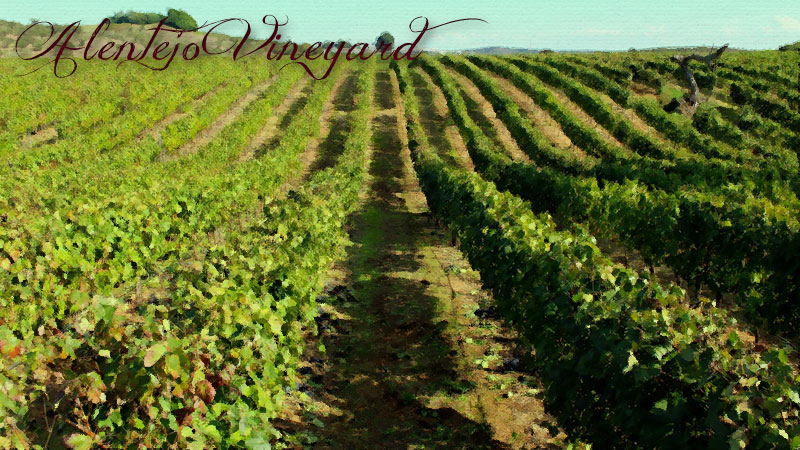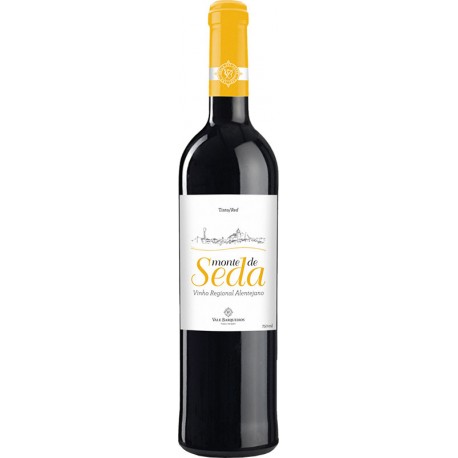Red Wine Monte Seda
AL1
New product
The red wine from the Alentejo.
Colour: Garnet red.
Nose: Aromatic with notes of red fruits and spice.
Palate: It is silky and elegant, smooth and balanced.
Consumption temperature recommended: 16/17 °C.
Data sheet
| Export Box: | 6 bottles |
More info
Alentejo Red Wine
The unique red wine from the Alentejo region
With a beautiful garnet red color.
In the nose it’s aromatic with notes of red fruits and spice. In mouth it is silky and elegant, smooth and balanced.
Classification: Vinho Regional Alentejano
Type: Red
- Acidity: 5,3 g/dm3
- pH: 3,57
- Sugar: 0,8 g/dm3
- ABV: 13,5% Vol.
Viticulture
Harvest: 2015
Varieties: Aragonez, Cabernet Sauvignon, Alicante Bouschet and Syrah
Region: North Alentejo - Portugal
Soil type: Mediterranean of granite origin.
Climate: Mediterranean, with a subtle continentality during Spring/Summer.
Harvest:
Date: September of 2015
Type: Manual/Hand picking
Vinification:
Fermentation: In a controlled temperature stainless steel vessels, after pre-fermentation maceration.
Maturation: In stainless steel vessels with temperature control
Consumption temperature recommended: 16/17 °C
Some food ideas:
Oxtail stew, Wood-fired leg of lamb, Chilean beef casserole, Kebab with lamb and chicken, Roast suckling pig with tamarillo sauce, Brisket burnt ends, , Fillet steak with foie gras and truffles, Beef wellington with honey roasted carrots, Korean-style beef stir fried in garlic, soy and sesame, etc.
The Grapes
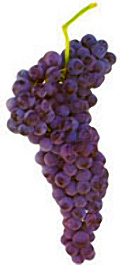 ARAGONEZ
ARAGONEZ
This is an Iberian grape variety par excellence, one of the few to be grown and esteemed in both of the Peninsula's countries.
Its Spanish descent is unequivocal, with more than one of the nation's provinces laying claim to paternity. It is called Tempranillo in Rioja - the region most likely to be its birthplace, but Cencibel in La Mancha, Ull de Llebre in Catalonia, Tinta de Toro in Toro, Tinta del Pais and Tinto Fino in Ribera del Duero and Tinta de Madrid in vineyards around the Spanish capital.
In Portugal, Aragonez goes by other equally well-known names: Tinta Roriz in Dão and Douro and Abundante in Lisbon.
Few grape varieties can have so eloquent and straightforward a designation as Aragonez.
In Rioja, it earned the nickname Tempranillo from the Spanish temprana, meaning to ripen early, which of course it does, well before the autumn showers of September and avoiding the first rainfalls of the equinox.
In Lisbon, it takes the name Abundante because of its high yields and vigorous growth. Aragonez has a short growth cycle, leafing late which protects it from spring frosts.
A reliable producer not only in good years, but also in the worst when its yields will be lower, such as in hot and dry climates and in sandy or limestone soils. Such conditions produce lively yet deep wines with a happy combination of elegance and strength, almond fruit and spice.
 CABERNET SAUVIGNON
CABERNET SAUVIGNON
Cabernet Sauvignon is the most international of all French grape varieties, being widely grown across all five continents.
It has found a special niche and style in the Alentejo, one of the few Portuguese winegrowing regions where it can ripen to perfection.
Cabernet Sauvignon is one of those varieties that can be termed "enriching"; deeply coloured and thick-skinned, it can spice up blends, imbuing body and consistency to well-composed, perfumed, fruity and spicy wines.
Appreciated for its versatility, resistance and correctness it yields wines of immense longevity that age with elegance and security.
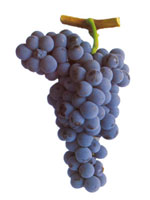 ALICANTE BOUSCHET
ALICANTE BOUSCHET
Despite not being an indigenous Portuguese grape variety, Alicante Bouschet is so deep-rooted in Alentejo collective patrimony that it is often assumed to be Portuguese. In fact it is a displaced variety, the result of conjoining the French varieties Petit Bouschet and Grenache.
It is one of the world's very few colouring grapes, able to provide concentrated, deeply coloured wines, a feature that has earned it the nickname "Writing Ink".
Alicante Bouschet's natural habitat has always been the Alentejo. Introduced here over one hundred years ago.
Its many wine attributes include structure, firmness, tannins ... and colour, lots and lots of colour! Alicante Bouschet is seldom bottled as a varietal wine, reinforcing its image as a rustic, structuring grape that could produce pungent and extraordinary wines.
It does wonders to a blend, adding colour, vigour and volume, as so many Alentejo wines will attest to.
The aromas it evokes are of forest berries, cocoa, olives and vegetal notes. Alicante Bouschet is assuredly our most Portuguese non-Portuguese grape variety.
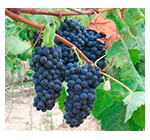 SYRAH
SYRAH
Of all the non-Portuguese varieties to be grown here, Syrah has best adapted to the rigours of the Alentejo climate, adjusting easily to the searing summer heat with its interminable hours of sunshine and extreme temperatures.
Grown in warm, poor Alentejo soil, Syrah wines come close to those from the New World. Big robust and full-bodied wines with lots of fruit, some pepper, usually spicy, sometimes powerful and alcoholic.
Wines from early-ripening grapes are accessible when young, smooth and inviting with good cellaring potential.
Varietal Syrah wines are made but they are few in number, usually being used in small amounts in many of the Alentejo's most emblematic wines.
The Alentejo Region
 Alentejo is one of the biggest wine regions in Portugal. This hot and dry region is made up of wide plains, only interrupted by small mountains. Alentejo has benefited from numerous investments in the wine sector, which enabled the region to produce the best Portuguese wines and, therefore, gain international recognition.
Alentejo is one of the biggest wine regions in Portugal. This hot and dry region is made up of wide plains, only interrupted by small mountains. Alentejo has benefited from numerous investments in the wine sector, which enabled the region to produce the best Portuguese wines and, therefore, gain international recognition.
Located in the south of Portugal, Alentejo is a sunny region, allowing the perfect ripening of the grapes. As temperatures are very high in the summer, the vine has to be irrigated.
Red wines are full bodied, rich in tannins and with aromas of wild and red fruit.
The Vineyard
The company is family owned and the estate consists of 122ha of vineyards, 330ha of olive trees, a forest area comprised of cork oak and stone pine and several dams to meet the irrigation requirements.
The company management decided at the beginning that they would use the most advanced technologies available in the field of viticulture and also for the olive groves. A drip feed irrigation system was installed to give both the vines and the olive trees the best possible care to maximise the quality of the crop. It also has partnerships with international experts who have contributed to
the development of the “know how” of the estate itself and as a result has become a reference for the latest technologies.
The 122 hectares of vineyards of the estate are planted in bilateral cordon system, with the predominance of Portuguese grape varieties, particularly Aragonez and Trincadeira, the two most important of the Alentejo region, as well as Touriga Nacional, Arinto, Antão Vaz and Tamarez complemented by the internationally renowned Alicante Bouschet, Cabernet Sauvignon and Syrah.
The beautiful family estate house, winery and housing complex, harmoniously built and strategically well located, provides a magnificent view over the vineyards, lakes and the olive plantation.
Award:
“2015 Best Buy” in the Portuguese wine magazine “Revista de Vinhos”
Cheers
